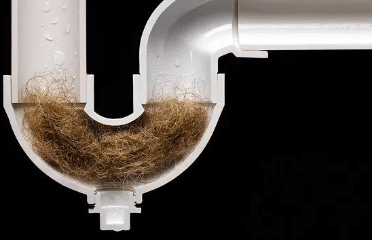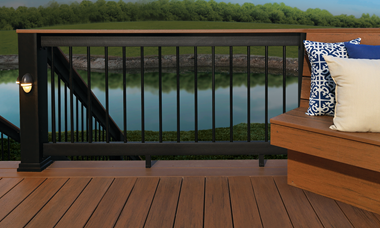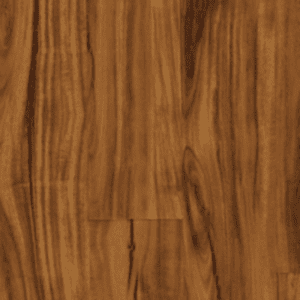
Blocked drains can be a homeowner’s worst nightmare, causing inconvenience, unpleasant odors, and potential damage to your property. If you’ve ever experienced a clogged drain, you know how frustrating it can be. But fear not, because we have some simple solutions to click away those blocked drains and keep your home running smoothly.
Understanding the Cause of Blocked Drains
Before diving into the tips, let’s first understand what causes drains to get blocked. The most common culprit is a buildup of debris, such as hair, grease, food particles, and soap scum, in the pipes. This buildup narrows the flow of water, eventually leading to a complete blockage. Other causes include tree root intrusion, cracked or collapsed pipes, and foreign objects getting stuck in the pipes.
Prevention is the Key
As the saying goes, prevention is better than cure. In the case of blocked drains, this holds true. Regularly cleaning and maintaining your drains can save you from the hassle and expense of dealing with a clog. Make sure to clean the hair out of your shower and sink drains regularly, and use a strainer to catch any large food particles before they go down the kitchen sink.
Keeping hot water running through your sinks and drains can also help prevent buildup and maintain a smooth flow. Additionally, do not pour any grease or oil down the drain, as it can solidify and cause a blockage.
DIY Solutions for Blocked Drains
If you do find yourself with a blocked drain, before calling a professional plumber, try these easy DIY solutions:
1. Baking soda and vinegar: Mix half a cup of baking soda and half a cup of white vinegar, and pour it down the drain. Let it sit for about 30 minutes, then pour hot water to flush it out.
2. Boiling water: In cases where the clog is caused by grease or soap scum, boiling water can be a quick fix. Simply pour a pot of boiling water down the drain to melt and flush away the buildup.
3. Plunger: A plunger can be a handy tool for unclogging blocked drains. Place the plunger over the drain, make sure there is enough water in the sink or tub to cover the rubber part, and push and pull on the plunger to create suction.
When to Call a Professional
There are times when a DIY solution may not be enough to clear a blockage, and that’s when it’s time to call in the professionals. If you have tried the above methods and still have a blocked drain, or if you notice any signs of a bigger issue, such as foul smells, multiple drains clogging at once, or slow draining water, it’s best to seek professional help.
A skilled plumber will have the necessary tools and expertise to identify and fix the root cause of the blockage while also preventing any future issues.
The Importance of Regular Maintenance
Just like any other aspect of your home, regular maintenance is crucial to keep your drains functioning properly. Consider scheduling annual check-ups with a professional plumber to ensure your pipes are in good condition and catch any potential problems before they escalate.
Another great option is to invest in regular drain cleaning services. These services use specialized equipment to thoroughly clean and remove any buildup from your pipes, keeping them flowing smoothly and preventing future clogs.
In Conclusion
Blocked drains are a common household problem, but with these tips and tricks, you can avoid the inconvenience and expense of dealing with them. Remember to regularly clean and maintain your drains, use preventative measures, and call for professional help when needed. With these simple steps, you can ensure a smooth-flowing home and say goodbye to blocked drains for good.






